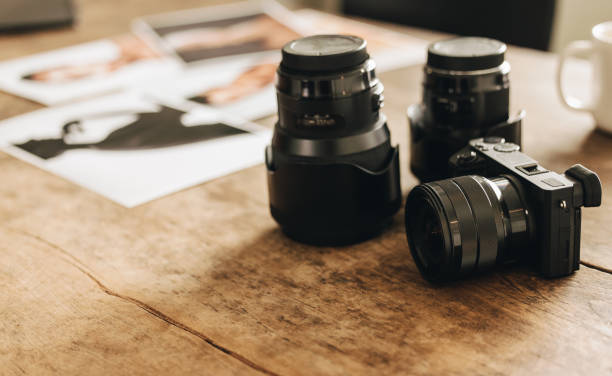Choosing the right camera can be a daunting task, especially for those who are new to photography. With so many options available in the market, it can be difficult to know where to start. However, by following a few key steps, you can make an informed decision that will help you achieve your photography needs and goals.
Also Read: Is elon musk finding a new CEO for a Twitter
Determine your photography needs and goals:
Before you start looking at cameras, it’s important to consider what you want to use the camera for. Are you looking to take portraits, landscapes, or action shots? Are you looking to shoot professionally or just for fun? Once you have a clear idea of what you want to do with your camera, you can start looking at cameras that are specifically designed to meet those needs.
Consider the type of camera:
There are several types of cameras available in the market, including DSLR, mirrorless, and point-and-shoot. DSLR cameras are known for their high image quality and versatility, making them a popular choice among professional photographers. Mirrorless cameras are known for their compact size and advanced features, making them a great choice for those who want to travel with their camera. Point-and-shoot cameras are known for their ease of use and convenience, making them a great choice for those who are new to photography.
Look at image sensor size and resolution:
The image sensor is the part of the camera that captures light and converts it into an image. The larger the sensor, the more light it can capture, resulting in better image quality. The resolution of the sensor is measured in megapixels (MP), and the higher the resolution, the more detailed the image.
Evaluate lens options and versatility:
The lens of a camera is what determines the field of view and the amount of light that enters the camera. A camera with a wide range of lens options will give you more versatility in your photography. Look for cameras that offer a variety of lenses, including wide-angle, telephoto, and zoom lenses.
Think about the camera’s user interface and controls:
The user interface and controls of a camera are important because they determine how easy or difficult it is to use the camera. Look for cameras that have a clear and easy-to-use interface and controls that are easy to access.
Consider the camera’s size and portability:
If you plan to travel with your camera, it’s important to consider its size and portability. Look for cameras that are compact and lightweight, and that have a durable design.
Take note of the camera’s video capabilities:
If you plan to shoot video with your camera, it’s important to consider its video capabilities. Look for cameras that have high-resolution video recording and that offer a variety of video modes.
Look at the camera’s battery life and power options:
The battery life of a camera is an important factor to consider, especially if you plan to use the camera for long periods of time. Look for cameras that have a long battery life and that offer a variety of power options.
Consider the camera’s durability and weather sealing:
If you plan to use your camera in a variety of weather conditions, it’s important to consider its durability and weather sealing. Look for cameras that have a durable design and that are weather sealed to protect against the elements.
Research reviews and brand reputation:
Finally, research reviews and brand reputation before making a final decision. Look for cameras that have received positive reviews from other photographers and that are made by reputable brands.
